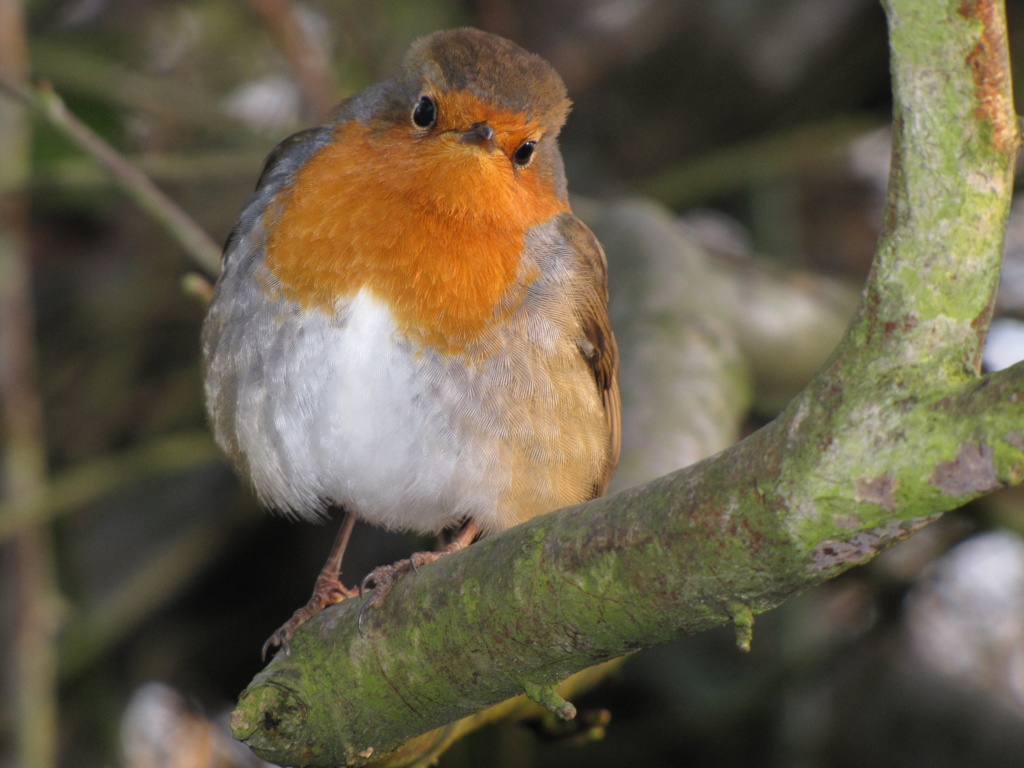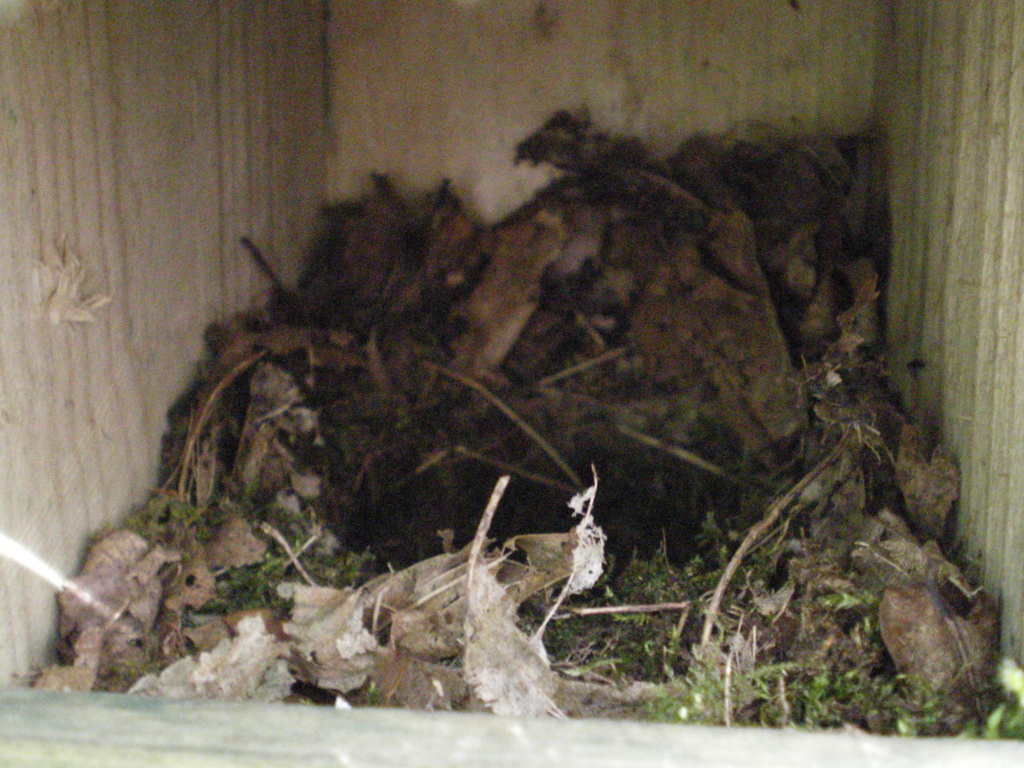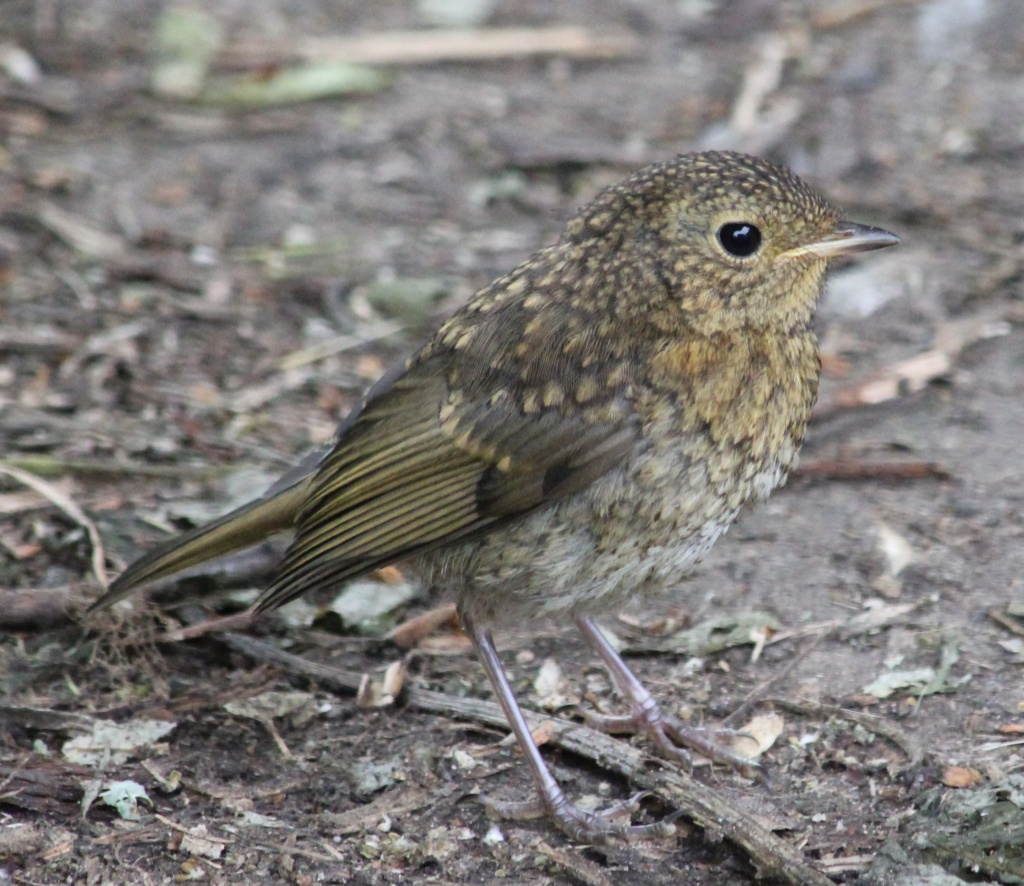Have you seen the bird of the month?
For December it is one of the people’s favourites and is seen on many Christmas cards, it is the: Robin (Erithacus rubecula)

Where can I find them?
They are very common and can be seen in most areas of the reserve.
About the species
They have a bright red breast proving a flash of colour on a winter’s day. The main purpose of the breast colour is used by males when they settle territorial disputes during the breeding season.
Robins sing nearly all year round (except when moulting) due to the importance of holding winter territories. It is likely the Robin will be one of the first to be heard in the dawn chorus and perhaps the last to stop at night. They are also known to sing at night near streetlights.
Despite their cute appearance, they are very territorial and quickly drive away any intruders.
They mainly eat worms, seeds, fruits, insects and other invertebrates.
Along with other small songbirds, Robins are relative short-lived. On average, Robins only live a couple of years. Long cold spells and snow can cause numbers to drop.
The species is on the UK green list, meaning its population is currently stable.
What do they sound like?
A wonderful mellow call to us, but it is essentially a ‘war cry,’ warning other Robins to stay clear. The call can be singular and tends to be repeated frequently in a short series of notes.
Where do they nest and what is the nest made from?
They normally build their nests in hollows, nooks and crannies, climbing plants, hedges, tree roots, piles of logs and any other situations which provide a fully concealed cavity from predators.
Open front nest boxes can be put up, to provide a home, and placed in a hidden location like a climber or hedge.

The nest is built by the female, normally made from dead leaves and moss, lined with hair.

A normal clutch size is 4-6, with one egg laid each day, usually early in the morning. The female alone will incubate the eggs for around 14 days.
The chicks will normally fledge after 14 days but will not be able to fly for a few days afterwards. They are tended by both parents for up to three weeks after fledging.
The Robin can have two broods at year.
Baby Robins look like adults, but the main difference is the lack of a red breast. They have spotted brown bodies and heads, and their underparts are lighter.

If you manage to photograph a Robin, within the reserve, why not share it on our Facebook page?
This brings us to the end of the “Bird of the month” for the 2022 season.
On behalf of the management committee and the trustees may we take this opportunity to say a BIG thank you for your support and to wish you all a safe and happy Christmas.




